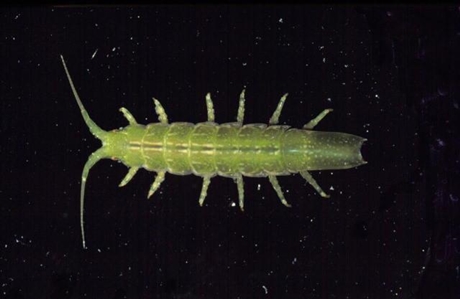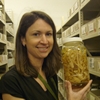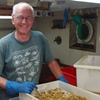General Description
Body about 4 times as long as wide, smooth, head only slightly narrower than pereonite 1, body more or less parallel-sided. Pleotelson tapering, apex strongly excavate, posterolateral corners acute; pleotelsonic formula 1 + 2. Body up to 4.5 cm long.
Biology
Paridotea ungulata is the type species of the genus and the only species of Paridotea found on all southern continents. This species belongs to one of the few families of herbivorous isopods. They can camouflage themselves according to the colour of the marine algae in which they live.
Habitat
On reef platform and intertidal rock pools, to depths of 1 m.
Reefs
Coastal shores
Distribution guide
New Zealand, Solomon Islands, South Africa and Australia.
Species Group
Depth
Shore (0-1 m)
Shallow (1-30 m)
Water Column
Max Size
4.5 cm
Diet
Herbivore
Commercial Species
No
Global Dispersal
Recorded in Australia
Species Code
MoV 3650
Conservation Status
- DSE Advisory List : Not listed
- EPBC Act 1999 : Not listed
- IUCN Red List : Not listed







